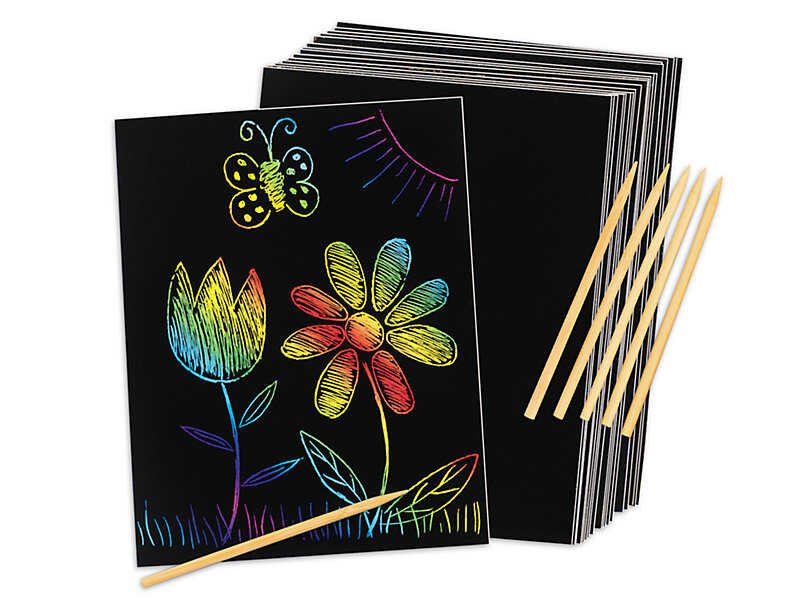That looks really lovely and genuinely fun!

It feels like something kids could learn to use, get excited about, and then be motivated to extend the dynamics of. A bit more so than, say, Animation, which has the appearance of a closed-off single-purpose "app". "Let me make this do something new" is a less obvious thought to have with that one. Also, since Collage Kit is made out of multiple parts, it is probably more multi-player-able than Animation. (Have you collage-jammed with Joanne?)
All this replication raises some 🧩 ontological puzzles 🧩:
You tell us that replicators take the physical tag and produce virtual tags which the system treats just the same as the original tag. But... the replicator doesn't act on the virtual tags, right? That would create an infinite loop! So...
Easy Q: How do you handle this right now?
Hard Q: What's a conceptual basis for these distinctions which allows fluid, open-ended movement between virtual and physical objects?
To clarify what I mean by "fluid" and "open-ended"...
💡 You could say "replicators always work on physical objects and never on virtual objects".
⚠️ But then you can't apply replicators to replicated objects! Virtual objects become dead ends, not open ends.
💡 When you apply a replicator to a tag, you supply an "output tag". The replicas are associated to this new tag, rather than the old one. Future operations can be performed on the new tag, and the old tag keeps its old meaning.
⚠️ But then the new tags wouldn't transparently be treated the same as the old tags! You couldn't just say "draw a cat on this tag"; you'd have to say "draw a cat on this tag, and all replicas thereof". That's no fun. It's certainly not very fluid.
Something to chew on.
P.S You're welcome for easy_persist! I am happy and surprised you were able to find, make sense of, and use it.
P.P.S. Drawing pictures to reveal rainbows bears an uncanny resemblance with the "scratch paper" which was all the rage back in elementary school:

On Wed, Apr 22, 2020 at 7:15 PM Bret Victor wrote:
Collage KitA few things I forgot to mention in the video:- I meant to point out that the canvas can be a posterboard instead of the table, so after you arrange your tags, you can tape them down to make a permanent "machine" for that particular geometry. It doesn't have to be ephemeral!- One thing I was trying to explore here was whether someone could make a Snowflake Maker without typing in vector math. The replicators here have vector math, but you can imagine a world where dynamic geometry is specified more directly. (That world might be Apparatus.)- Scrubbable is rudimentary but handy. (I forgot to show scrubbing the threshold, where it's actually useful.)local threshold = scrubbable(you, 0, 1) or 0.35 -- can be scrubbed between 0 or 1, defaults to 0.35- Thanks Josh for both easy_persist and Postscript DSL!